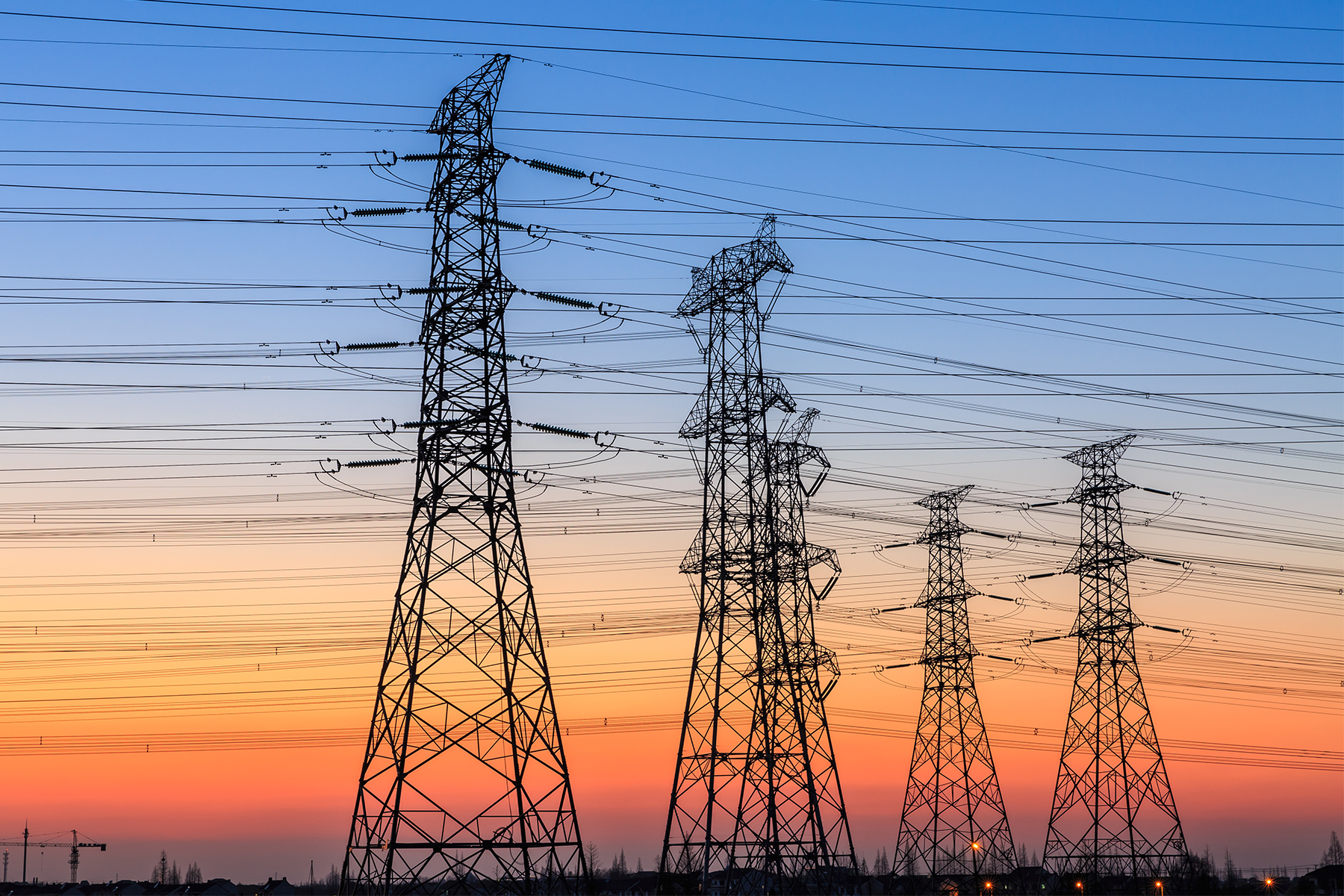Strained power grid systems during the summer months have been known to create eye-popping price spikes. Although consumers may be used to fluctuations in price when they fill up their cars at the gas station, summer electric strain has led to the Texas power grid, for example, ballooning to $9,000 per megawatt-hour for a brief periods of time when a similar unit of power typically costs less than $40. Amid a heat wave that sent consumers to blast their air conditioners and decreased generation available as power plants retire, the state resorted to pleading with residents to shut off power use that wasn’t necessary to preserve the integrity of the grid and prevent these excessive prices from continuing.
Customers often place blame on an unreliable electric grid for these failures, when in reality these failures are the result of a non-resilient grid system. Summer months especially demonstrate the need for reliability (knowing that energy will be available when it is needed) and resilience (the quickness and effectiveness in restoring critical energy functions after an interruption). Summers are notorious for heat waves pushing extra demand on the power grid that may cause blackouts, wildfires that may require shutting down certain portions of the electric system for safety reasons, and hurricanes that can knock out critical power infrastructure. In addition to these usual seasonal reliance risks for energy systems, utilities must also contend with COVID-19 and how the need for social distancing may be slowing down utility workers who need to restore power after an incident.
In additional to the price spikes that nonresilient and nonreliable power grids can bring, when supply cannot meet demand for whatever reason, the most vulnerable of our population of customers will rightfully feel their health or safety threatened. The instantaneous availability of energy represents a matter of health and safety for millions of people across the country. A lack of energy for cooling during a heat wave or for heat in colder climates presents a danger for vulnerable populations. Additionally, many people rely on power to be reliably delivered to their electric outlets that have critical home medical equipment plugged into them.
So in a society where these problems keep coming up, what is the culprit? If people continue to rely solely on electric power as the sole source of energy, these issues will persist. The lesson is clear. Overreliance on one energy type creates a single-point-of-failure risk. This risk is not one we need to take, even as we work toward a low-carbon future. Thinking beyond the wires in a more complete, holistic way can avoid these negatives.
Although certain aspects of daily life must depend on electricity as an energy source, alternatives can seamlessly, effectively and affordably satisfy a wide range of needs. Here are just a few examples:
- Propane can be stored on-site to be used in case of emergencies. Backup power generation systems enable the preparation of food after hurricanes knock out the electric grid, and can be used for space heating or cooling when wildfires cause power shutoffs. For regions, organizations, and customers who seek to avoid the type of price spikes summer heat has historically brought to the electric grid, good news comes from the reality that propane prices are much more stable and tend to drop during the summer.
- Rather than relying on centralized electricity generation and utility-scale power plants, many customers have realized the economic, environmental and reliability benefits of generating and storing energy on their own properties. The most common tool to accomplish these advantages is via rooftop solar and residential scale batteries to always have excess power stored up for when it is needed because the grid has gone out or the prices have been driven up.
- Wind turbines provide another source of clean, distributed power generation that breaks the overreliance on central electricity generation that can feed power onto the grid. Even better, wind acts as a natural complement to solar energy because the highest and most consistent wind speeds tend to come when the sun isn’t shining its brightest.
- People living in cold environments have long recognized the importance of having an energy source separate from the power grid available for home heating because temperatures that consistently drop below freezing on a nightly basis mean that a single night of power failure can be risky. For these people, high-efficiency wood pellet stoves provide a reliable source of heat, and they have the luxury of being able to store the fuel for this energy source in their own homes for when it is needed.
And through it all, conservation can be considered a critical “source” of energy, because a unit of energy saved is a unit of energy that never needs to be generated or relied upon. When residents or business owners install more efficient appliances, insulate and weatherize buildings to prevent heat loss, or adopt simple habits like turning off lights or not leaving water running unnecessarily, they make it easier for the total energy systems to meet aggregate demand. As proof of the power of simply using less energy, strained power grids have regularly caused governments and power providers to ask commercial, industrial and residential customers all to “chip in” to reduce their demand during peak hours. For example, the State of New York asked its citizens to help out this system. But systems tapped into alternative energy sources like propane, wood-burning pellets or on-site solar plus storage can avoid these stressful and uncertain requests.
The risks of relying exclusively on the electric power grid remain high, particularly during the summer months and all the weather-related stressors they bring. Designing a diverse supply of energy that includes propane helps to prevent the riskiest factors energy systems confront each summer.
Related News

USDA Crop Progress Report
April 18, 2024
The U.S. Department of Agriculture (USDA) Crop Report as of April 14, 2024, shows promising developments in corn and soybean planting, crucial info...

RBN Energy Weekly Supply Update
April 18, 2024
U.S. propane inventories had a significant build of 4 MMbbl this week, putting propane inventories at 55.7 MMbbl. Total propane stocks are above th...

PERC Hosts Contest at FFA Convention
April 18, 2024
The Propane Education & Research Council (PERC) recently hosted an exciting contest at the 2023 Future Farmers of America (FFA) Convention. As ...

